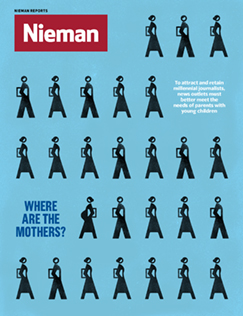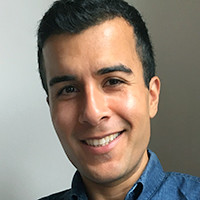My grandmother was well known for telling extraordinary tales. One in particular has stuck with me since the summer I was dispatched alone to her in Delhi. At the time I was living in Kuwait where my father had found work. Now 6 years old, my parents were worried I was losing touch with where we came from, so off I went.
I can recall my grandmother and I were taking a morning stroll through the walled gardens of Humayun’s Tomb, just behind my father’s childhood home. Built some 450 years ago as a vision of paradise for a Mughal emperor, it was a fantasy playground to me.
Plucked from a fairy tale, the monument’s white marble dome rose above tiers of sandstone vaults. Around it, peacocks grazed amongst a geometric network of water channels and paths, ignoring the signs to stay off the grass.
It was here that my grandmother told me the story of djinns: supernatural creatures that roamed the earth with humans and angels.
According to Islam, these third beings were made of fire and could transform themselves into any form, human or beast. Though shape-shifters were difficult to spot, they were cunning and courageous. She cautioned me not to be frightened of them as they could grant you a wish.
I became obsessed with looking for djinns through my childhood, but never found one. Yet the tale kept returning to me during my time at Harvard—a year of tremendous social, political, and media upheaval. It came to me when I thought about people who are not seen by those with power. It came to me when I reflected upon what journalism is missing at this moment.
I should explain that I entered journalism through an unusual path—writing an algorithm as an undergrad to automatically sort and filter company news for young people to help them decide where they want to work.
The news service, which ran on a computer in my dorm room, landed me my first full-time position at Reuters’ headquarters—a handsome stone edifice on Fleet Street, the storied home of the British press.
I quickly discovered that news is marked by fiefdoms. Words compete with visuals, immediacy opposes depth, journalistic endeavor confronts commercial opportunity. It struck me as obvious that all elements must act together to thrive.
Young and naive, I followed the work I saw needed to be done, pushing past the edges of my role. It was not long before I encountered resistance. What could an engineer know about storytelling? Journalism belonged exclusively to journalists.
This surprised me because at the time everything was new to me. I was eager to learn and felt far from belonging to a professional caste.
To openly collaborate the way I wanted, I first had to create a space for it. Over time I gained the trust of supportive managers and talented colleagues to run experiments. Working with journalists, designers, and developers, we explored how to use technology to tell stories in new ways, from interactives to installations. Among the stories was a re-examination of the war in Iraq and and a look at how the financial crisis had touched lives everywhere.
Yet in recent years something larger has shifted. It struck me whilst competing in a news hackathon on London’s Old Street, home to hundreds of digital start-ups. My team had just won a prize with our concept for improving live news video with automated highlights, when one of the judges asked if our idea was only suitable for Facebook or Google, not a news organization. He was right. Facebook soon launched the feature.
I already knew more journalism, better journalism, would not be enough. Without abandoning what we do, I believed we could apply it beyond its current scope to become the connecting tissue of society once again. Yet now we are increasingly losing our capacity to innovate. All roads are leading to platforms.
Newsrooms are designed to describe the present. Yet the institutional structures that help us chronicle events as they unfold can also make us blinkered. We exploit opportunities within sight, but are much less good at looking around corners and beating new paths.
To respond, we must find the djinns in our newsrooms. Naturally curious, they roam free and wide, seeing broader patterns. Unafraid of what they do not know, they ask questions and are constantly learning. As outsiders, they are better at seeing blind spots and finding opportunities within them.
Able to transform themselves, they work fluidly across disciplines, finding partners both inside and beyond an organization’s boundaries. They experiment, pushing ideas in multiple directions to present alternatives. Importantly, they can hold the paradox between the present and future.
You are thinking shape-shifters are a fantasy, but they are already in your newsroom. I will tell you how to find them.
Though they work behind the scenes, you can spot them pushing against institutional walls. They reveal themselves with the strong sense of conviction they convey in everything they do. As they help others realize their potential, their sphere of influence is noticeable for being greater than their role.
What my grandmother did not tell me is that djinns cannot act alone. They only thrive with the talents of others in environments open to learning. Supported and nurtured, they may grant you a wish. Isolated or ignored, they will disappear into the darkness from whence they came.
Channeling the djinn demands acknowledging its existence—allowing for a malleable role which constantly shifts. It also requires creating a space for their work—a separate playground for disciplines to meet and explore radical ideas, free from established processes. Journalism needs to be bold now, more than ever.



